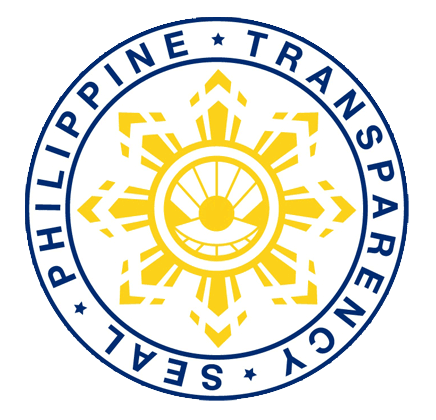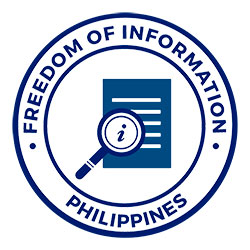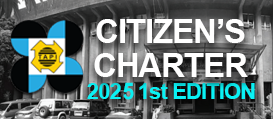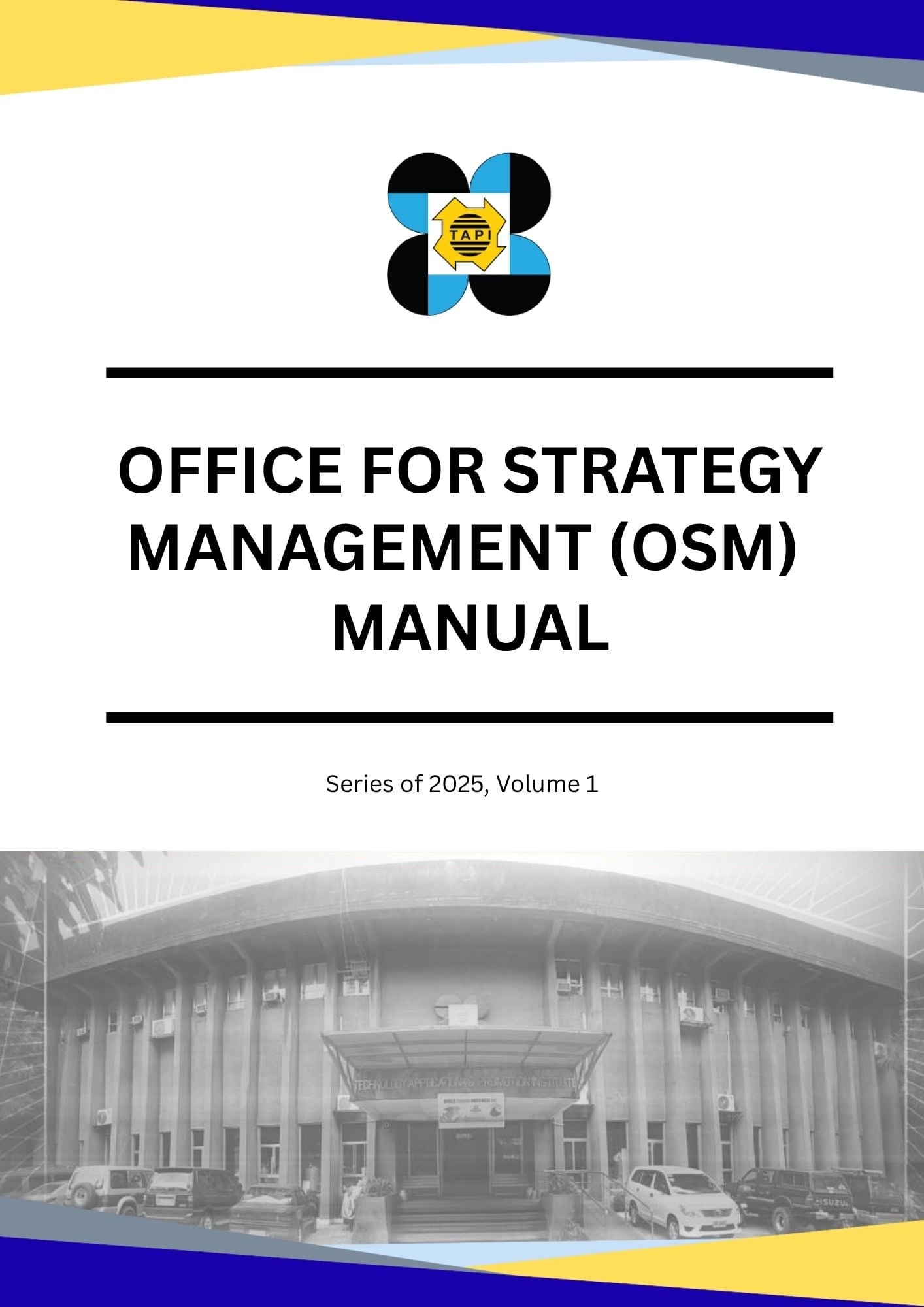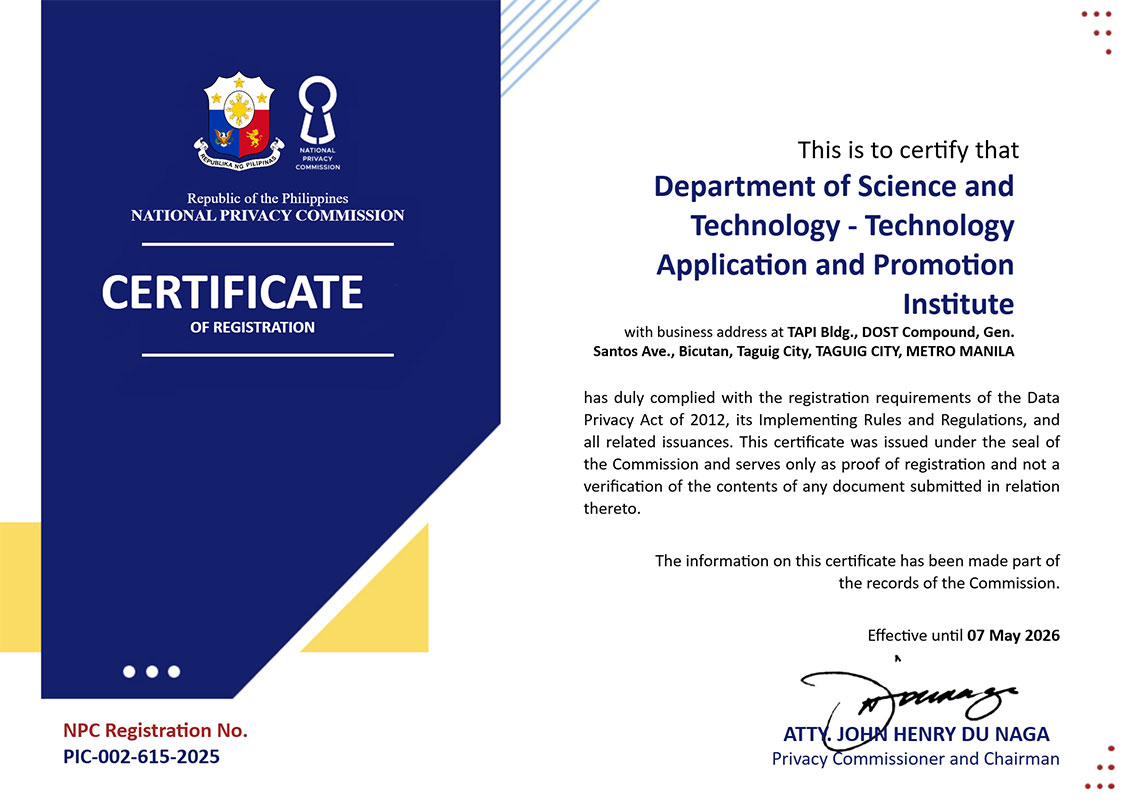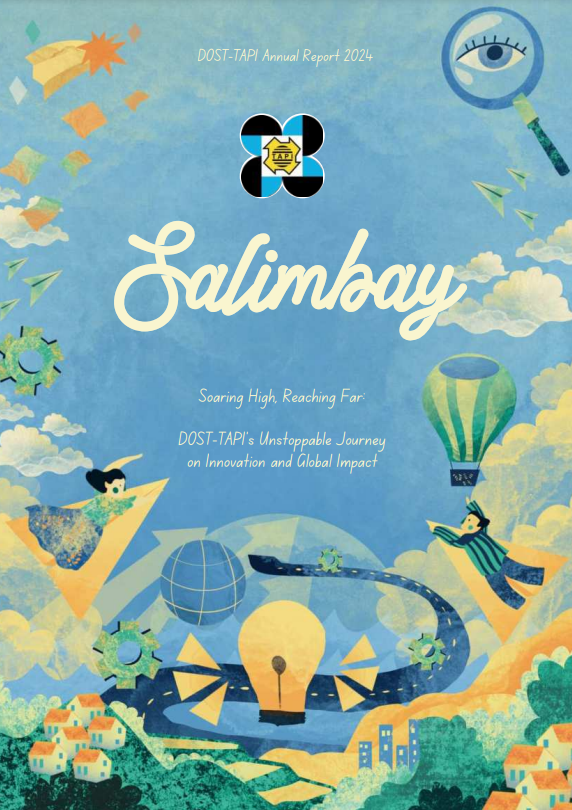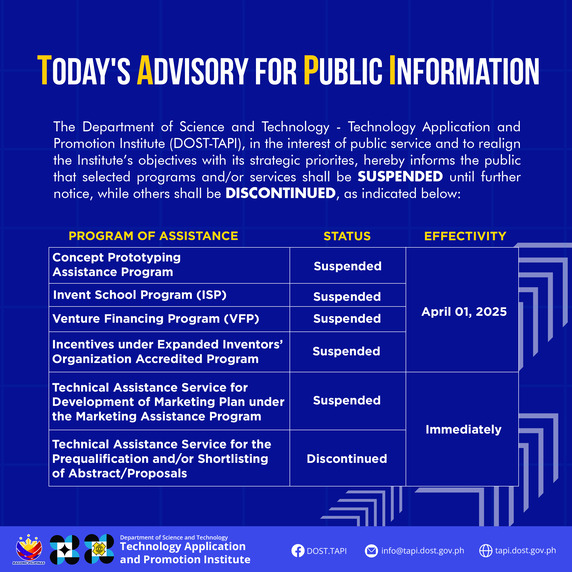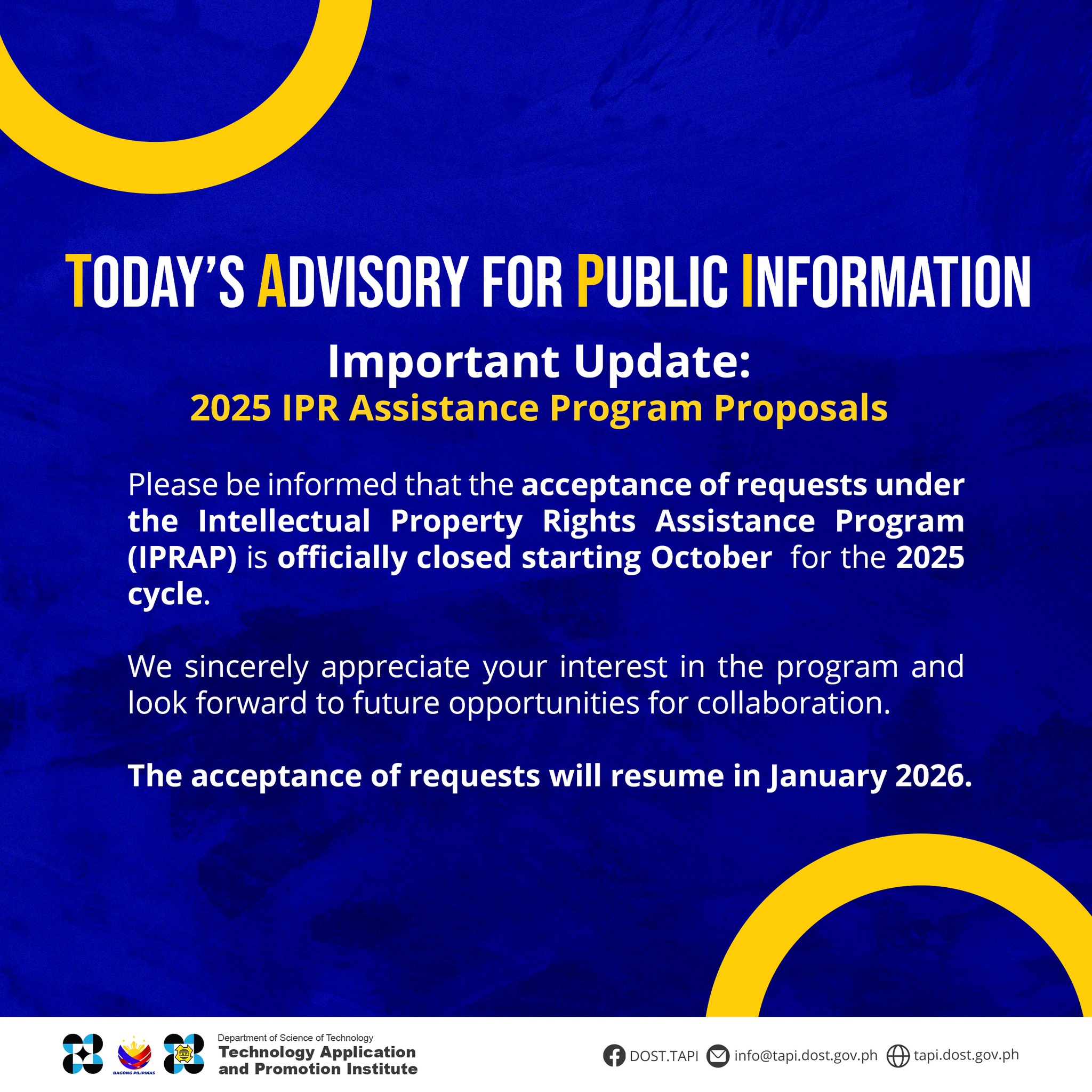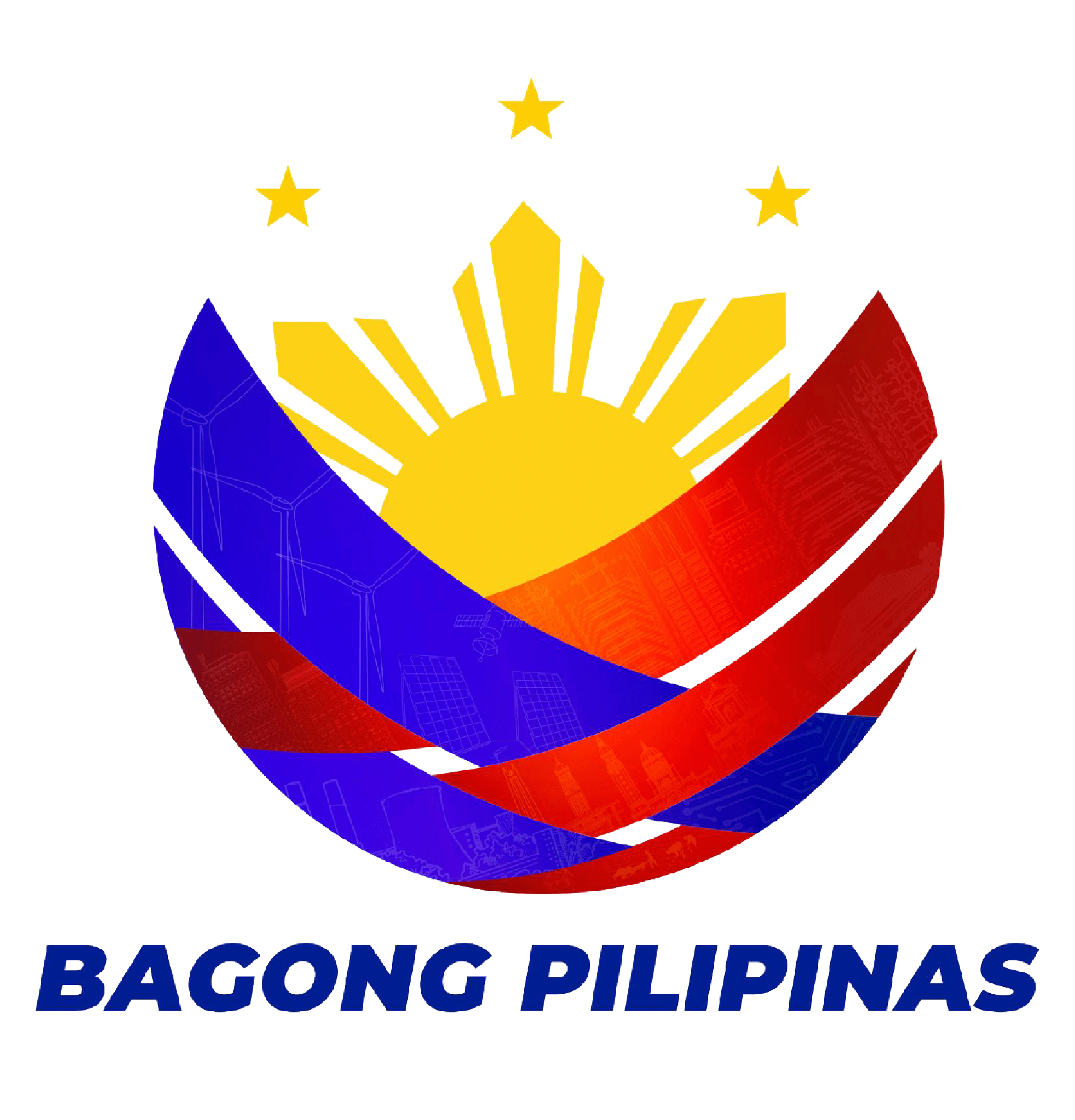By Shane Rachel del Rosario
What if the solutions to the world's most persistent problems were already at hand—in the Philippines? Imagine a future unlocked by Filipino ingenuity: robotic sentinels safeguarding crops, ensuring food security or immersive AR/VR training grounds shaping the engineers of tomorrow. This is the future the Philippines brings to the Consumer Electronics Show (CES) 2025: a future where Filipino innovations ripple outwards, transforming daily life across the globe. Led by the Department of Science and Technology (DOST), the Philippines showcases Filipino ingenuity at CES 2025 in Las Vegas, Nevada from January 7-10.
Participating in the CES 2025 signifies DOST’s commitment to supporting local innovators and promoting Filipino ingenuity on the international scene. Organized by the Consumer Technology Association, the CES is one of the largest and most influential tech trade shows in the world. It serves as a platform for global innovators and companies to feature breakthrough technologies aiming to become the latest solutions to the world’s biggest challenges.
These home-grown and DOST-assisted innovations help the country respond to today’s challenges while offering global solutions. They feature cutting-edge breakthroughs in fields ranging from agriculture, health, industry, climate resilience, and smart communities.
From the Philippines to the world, get to know the groundbreaking technologies set to take center stage in CES 2025:
Agriculture, Aquatic and Natural Resources Technologies
The Philippines takes pride in its rich natural resources. With agriculture and aquaculture as its vital economic sectors, these technologies aim to address critical needs in food security, environmental monitoring, and industry advancements.
1. Gul.ai: AI- and IoT-assisted Small-scale Plant-growing System
Blending contemporary ICT with crop science, Gul.ai integrates a modular system powered by IoT and AI to deliver real-time data on plant growth and environmental conditions through sensors and actuators controlled via mobile and web apps.
2. Robot for Optimized and Autonomous Mission-Enhancement Responses (ROAMER)
This technology adapts innovative technology to detect diseases in high-value crops. ROAMER is a mobile robot that uses computer vision, advanced sensing, and autonomous navigation to monitor plant health, detect and classify diseases, and deliver targeted treatments through a robotic arm with a precision spraying pipeline.
3. iPOND – A LoRaWAN-based pond water quality control and monitoring system for shrimps’ farms
The Philippines is known as the fourth in Southeast Asia and among the top ten shrimp producers worldwide, thus strengthening the need to empower small-scale shrimp farms and ensure a sustainable and successful future for this industry. This technology, which contains unique features at par with similar technologies in the local and international markets, helps farms ensure consistent water quality by utilizing advanced technology to precisely and remotely monitor key parameters such as temperature, salinity, pH, and dissolved oxygen.
Left: Roamer, a mobile robot using computer vision for data-driven plant care and targeted spraying; Right: Parallaxed, a mixed-reality platform bridging theoretical engineering with practical, cost-effective simulations.
Health Technology
Despite limited resources as a developing country, the Philippines proves it can create transformative advancements for a sustainable and inclusive future. These technologies present cost-effective solutions to make advanced medical and prosthetic support accessible to underserved sectors and communities.
1. Nanocomposite Filaments for 3D Printed Prosthetics (Additive Manufacturing)
Data from the University of the East Ramon Magsaysay Memorial Medical Center states that 80% of Filipino amputees do not have prosthetic limbs. To decrease this number and enhance the quality of life for amputees, the technology package comprises scanning procedures, design processing, additive manufacturing, and post-processing. Additive manufacturing enables digital designs to be fabricated locally, reducing lead times, enhancing comfort for users, and achieving sustainability by minimizing material waste.
2. Automated Portable Robotic Orthosis (APRO) Glove
With a prevalence rate of 0.9% and responsible for more than 87,000 deaths annually, studies show that stroke is the second leading cause of death in the Philippines. Each year, about 500,000 Filipinos are also found to be susceptible to experiencing a stroke. The APRO glove offers a groundbreaking opportunity for stroke patients to undergo therapy sessions at the comfort of their own homes, eliminating the time and financial burdens of frequent visits to clinics. It also gathers data every session, facilitating real-time patient and doctor collaboration.
3. Industry, Energy, and Emerging Technologies
The Philippines proves that emerging technologies could promote sustainability and reshape industries. These innovations aim to address challenges in manufacturing, food safety, AI democratization, and industrial applications through scalable solutions, smart systems, and advanced tools that optimize operations, reduce costs, and enhance productivity across industries.
4. Carbon Quantum Dot Sensor for Food Packaging
This technology utilizes advanced nanotechnology to monitor food quality. It enables intelligent packaging systems that enhance food safety, extend shelf life, reduce spoilage, and boost consumer trust.
5. Intelligent Data Analysis System (IDAS) Software version 1.0.
IDAS helps industries maximize performance and streamline processes. With AI-driven capabilities, this technology enables advanced profiling and defect analysis by providing a statistical approach to quality assurance and Industry 4.0 applications.
6. IOT -Based Monitoring for Improved Machine Shop Operation
This IoT-powered technology provides a cost-effective real-time machine monitoring and operational optimization solution. Equipped with IoT-enabled sensors, it tracks machine activity and transmits data to a cloud-based dashboard for easy visualization, job scheduling, and operator management.
7. Decentralized Intelligent Model Exchange Repository (DIMER)
AI adoption in the Philippines is made easier through this technology, with pre-trained modular models tailored to local needs. DIMER reduces technical batteries to implementing solutions. It allows users to deploy optimized AI models, share datasets, and contribute new solutions.
8. Pili Seal - Adhesive & Sealant for Aviation and Construction Industries
This technology proves that what one may perceive as waste may become a cutting-edge solution to global challenges. This innovation transforms 155 million kilograms of the annual PIli Tree waste resin into a sustainable, high-performance sealant and adhesive that guarantees strength and elasticity, making it suitable for diverse industries like aviation and construction.
Climate Change Adaptation, Mitigation, and Disaster Resilience Technologies
Known as one of the world’s most disaster-prone nations, the Philippines recognizes the need to adapt, mitigate, and become resilient to the relentless challenges of natural hazards. These technologies aim to safeguard communities and contribute to a resilient future for the country and the world.
1. iOT-Based OL TRAP Community Dengue Early Warning System
Early detection is key in the fight against dengue. This IoT-powered Ovicidal-Larvicidal trap aims to mitigate outbreak risks in villages. Equipped with smart cameras, it captures, counts, and records Aedes aegypti eggs and larvae to provide real-time data for precise index computation and proactive monitoring of mosquito populations.
2. Universal Structural Health Evaluation and Recording System (USHER)
Amid the global demand for climate resilience and disaster preparedness, USHER aims to safeguard buildings against earthquakes. This technology combines precision sensors, real-time data analysis, and cloud-based reporting to identify structural issues. By continuously monitoring structural vibrations using real-time sensors, USHER detects early signs of structural damage, reducing repair costs and potential loss of life and property by providing early warnings.
3. MASID Weather Stations
The Philippines’ unique geographic and climatic conditions call for the need for localized, real-time weather data. The data gathered from these weather stations can be accessible through web platforms and mobile apps. The PhilSensors’ stations provide critical information for disaster preparedness, climate resilience, and sustainable agriculture and are also compatible with big data analytics and open-source data integration.
MASID PhilSensors provides localized weather data, empowering communities to address disaster risks, climate change, and agricultural challenges.
4. arQ (Advanced Remote Data-Acquisition Unit)
This technology delivers versatile, real-time environmental data collection. It facilitates seamless integration with diverse sensors and supports applications in disaster management, climate resilience, and others. arQ helps decision-makers address critical environmental challenges, guaranteeing precision and adaptability.
5. QBX-SMA, Qix-Vibron, and 3D-Gem
QBX-SMA is a building accelerograph system that gathers vibration data during earthquakes, helping assess structural damage and ensure corrective measures before re-occupancy.
QiX is a nodal, wireless seismic acquisition system designed for single-point vibration and multi-channel 2D/3D seismic surveys, enabling data acquisition for investigating subsurface seismic velocity structures.
3D-Gem is an advanced geophysical imaging system that utilizes natural electromagnetic signals to generate detailed 3D geological and geophysical maps. It can delineate and map geological and geophysical boundaries.
Smart and Sustainable Communities Technologies
Building a smarter and more sustainable future is within reach with these technologies. Featuring cutting-edge solutions driving the Smart and Sustainable Cities and Communities program of the Philippines, it spans groundbreaking innovations for sectors that include urban planning, renewable energy, transportation, waste management, and digital infrastructure.
1. Home Energy Storage System
Harnessing AI to optimize energy use for homes, MSMEs, and SHS providers, this technology predicts consumption patterns, enables demand response, and functions as a virtual power plant. It maximizes renewable energy, reduces costs, and offers real-time fault diagnostics to lower users’ carbon footprint.
2. Hiraya Water - Hiraya Intelligent Modular Optimization (HIMO)
HIMO is an AI-powered solution that optimizes water and energy usage. Real-time data and advanced analytics help utility companies and industries reduce non-revenue water, minimize energy consumption, and enhance operational efficiency.
3. Resilient Education Information Infrastructure for the New Normal (REIINN)
Learning must persist, even amid connectivity challenges and infrastructure limitations. REIINN provides adaptable content delivery solutions for both online and offline environments through its RuralCasting Box, a digital TV tuner, modified datacasting receiver and local Wi-Fi hotspot network, and LokalFi, a voucher-based Internet connection management system with locally cached educational resources.
4. Charging in Minutes (CharM)
CharM delivers a comprehensive charging solution for electric vehicles, reducing the average charging time from four to six hours to 30 minutes. It offers adaptable charges compatible with CCS, GB/T, and CHAdeMO standards, integrated battery management systems, and charging interfaces.
5. Versatile Instrumentation System for Science Education and Research (VISSER)
This technology enables students and teachers to engage in science through hands-on activities and experiments, facilitating a deeper understanding of scientific concepts. It also provides comprehensive teacher training programs, equipping educators to integrate the system effectively into their classrooms.
VISSER is an affordable, hands-on science learning tool designed for K-12 students and teachers.
6. PARALLAXED
It leverages AR/VR technology to deliver engaging, cost-effective, and immersive simulations of real-world engineering scenarios. With ParallaxED, users can interact with and observe engineering models in dynamic, real-time scenarios, minimizing the need for expensive physical prototypes and infrastructure.
7. TRIOE
TRIOE is an online learning platform that provides a dynamic knowledge bank for exploring the Internet of Everything (IoE). It enables hands-on learning for users, allowing them to engage with and apply their knowledge in fostering exploration and innovation in the IoE domain.
These innovations prove that even with limited resources, the Philippines could take a step toward building a resilient, sustainable, and inclusive future. Driven by our experiences as a nation and our heart for creating innovations that improve lives, these technologies are proof that Filipinos are with the world in stirring groundbreaking solutions for today’s challenges.
Step into the future with us at CES 2025! Join us at Booth 40123 in South Hall 3 of the Las Vegas Convention Center from January 7 to 10, 2025.
** This article is part of the "PhilippiNOW: Philippines’ New Opportunities, Worldwide" campaign for the Consumer Electronics Show (CES) 2025. For more information and event updates, please visit the DOST-TAPI website at www.tapi.dost.gov.ph. For media inquiries, please contact Ms. Mirielle Vacal at +639567113145 or Mr. Heherson Valdez at +639064477735, or email them at This email address is being protected from spambots. You need JavaScript enabled to view it. **

